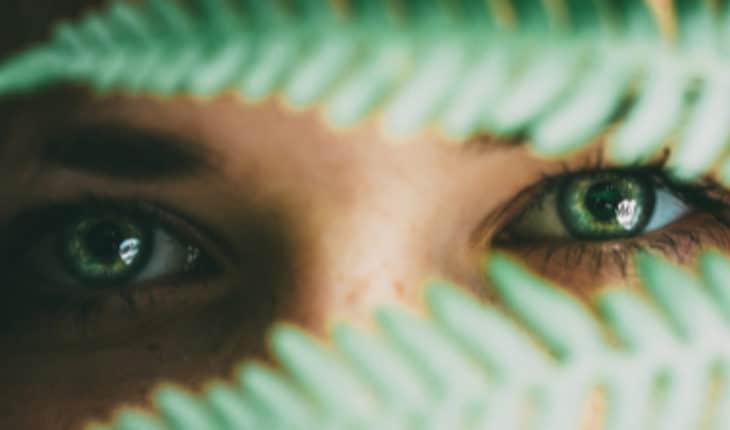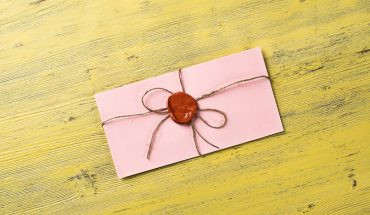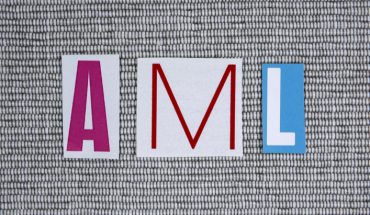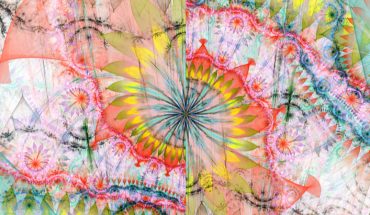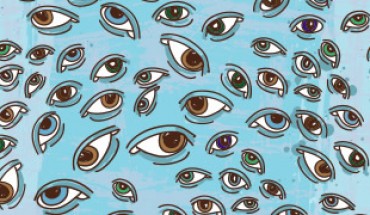A scar is an area of fibrous tissue that replaces normal skin after an injury. Scars result from the biological process of wound repair in the skin and is a natural part of the healing process. With the exception of very minor lesions, every wound results in some degree of scarring.
Around 100 million people across the world develop scars of some sort every year. Scars not only leave a physical mark; but can also leave an emotional mark for many. In some cases, living with scarring can have a serious effect on a person’s psychological wellbeing and can lead to feelings of depression, and sometimes even social isolation. Scarring on any area of the body, even those not routinely ‘on show’, can have an equally distressing impact on a person’s self-image, it’s about the whole body, not just the face.
The application of clinically proven scar therapies such as KELO-COTE® from the earliest point after initial healing can make a huge difference to the degree to which scarring can be reduced; but sometimes those effected by scarring need a little more help. This is where skin camouflage used in conjunction with scar therapy can provide an individual living with scarring with the tools and techniques to feel more comfortable about their appearance.
What is skin camouflage?
Skin camouflage is the skilled application of highly pigmented creams and liquids to areas of skin discolouration or scarring to even out skin tones and improve the aesthetic appearance of a person’s skin. By skilfully concealing skin colour differences that trauma, surgery and other treatments can leave, skin camouflage can improve the appearance of burns, scars and other causes of skin discolouration and help people to feel more confident about the way the look. Vanessa Jane Davies, Skin Camouflage and Scar Therapy Consultant and founder of Skin Camouflage Services, explains: “Skin camouflage uses a range of techniques focusing on the site of the scar or colour difference using light strokes of highly pigmented creams to ensure a good colour match with the undamaged skin. By then using dots of colour to recreate freckles or perhaps veins, the camouflaged areas blend seamlessly with the surrounding skin to ensure a natural look, it certainly isn’t make-up! The psychological impact of scarring can be huge. We see as many men as women, of all ethnicities and even children when they are old enough to understand and want to use skin camouflage themselves. By assessing their skin camouflage needs and aspirations and providing them with the skills to reproduce the skin camouflage consistently themselves at home, we are often touched by the difference it can make to a person’s confidence and self-esteem. At the same time, we also encourage patients to use scar management techniques which can minimise scarring and improve the appearance and comfort of the damaged skin. This in turn can improve the aesthetic appearance of their skin camouflage. Alongside therapeutic scar massage, where appropriate I advocate the use of silicone scar therapy. As my practice is very much a para-medical service, often providing skin camouflage and scar therapy to those with complex and life changing scarring, including military referrals, it is important that the therapies I advise are clinically proven. I have been recommending KELO-COTE® to my patients for a number of years because it works… it is easy to use and is compatible with skin camouflage products when used as advised. We are often humbled by the reaction and feedback we get from those who have come to us seeking help managing their appearance themselves with scar therapy and skin camouflage. It’s not about being perfect it’s about having choice. Having that choice is a great ‘enabler’, it can enable a child to return to school after a traumatic event like a dog bite attack with greater confidence; or enable the young person recovering from the emotional traumas and visible reminders of self-harm to go to college; or enable the person injured in an accident to face the world of work once again.”
Vanessa shares her five top tips for combining scar management and skin camouflaging techniques at home:
1. Gentle, regular massage to the areas of scarring can help improve comfort and the appearance of the scar. Look out for certified therapists trained in ScarWork™ which is a gentle technique that helps to flatten and soften scar tissue, fibrosis, adhesions and promote changes in tissue health following trauma, surgery and radiotherapy. Once you know how, you will be able to continue with this technique yourself at home.
2. Silicone scar therapy such as KELO-COTE® can effectively be used in conjunction with skin camouflage creams without compromising the skin camouflage effect, if used in the right way. Make sure the skin is clean and dry before applying the silicone. Only apply as much as you need to cover the area to be treated. It should dry quite quickly, if it doesn’t you may have applied to much. Once dry you are set to apply your prescribed skin camouflage creams using the techniques you have been advised to use.
3. It is important to protect scarred skin from the damaging effects of UV light. If you are using silicone therapy, for daytime wear I recommend using a silicone with an SPF. Depending on the brand, your skin camouflage creams will also provide SPF protection, if necessary, an SPF 50 spray can be applied over the finished skin camouflage.
4. To get the best finish, it is important to ensure you are applying the skin camouflage creams using the correct techniques and tools. If you have been advised to apply your camouflage with brushes, don’t be tempted to use too big a brush in the hope that the application will be quicker. Apply the camouflage creams little by little, building the colour gradually to ensure a natural look. Take a ‘step back’ between applications to see if the colour match is even or whether one area needs a little more attention.
5. When you are happy with the camouflage application, to ensure the finish is waterproof, smudge proof and long lasting, it is essential to use a proper skin camouflage fixing powder. I recommend applying it with a good quality powder puff. Load the puff with plenty of powder and apply directly with firm pressure to the areas to be fixed, blot don’t rub. It will look as though you have applied too much powder, don’t worry, that is what you are looking for. Once the area is covered, I recommend lightly brushing the skin with a good quality powder brush to remove the excess. One properly ‘set’ with fixing powder, the skin camouflage is waterproof, smudge proof and, depending on where it is on the body, can last anywhere between six hours and three days.
If you are interested in finding out more about skin camouflage and/or scar therapy then please visit www.skincamouflageservices.co.uk.
Silicone: The scar treatment you didn’t know existed Silicone is the main ingredient in many topical scar treatment products and has been used for more than 30 years in the prevention and treatment of scars by plastic surgeons and other healthcare professionals to treat abnormal scarring such as hypertrophic and keloid scars. KELO-COTE® Scar Gel UV with SPF 30 is an advanced formula silicone scar treatment, clinically proven to help soften and flatten raised scars as well as reducing discolouration and redness, protecting visible scars from the effects of the sun. The KELO-COTE® formula also binds to the skin’s surface creating an ultra-thin sheet which can give treatment and protection for scars for 24 hours per day, with two applications. Once dry, sunscreen and make-up can be applied over the treatment area. It is recommended that sunscreen is reapplied regularly. KELO-COTE® Scar Gel UV with SPF 30 – is available to buy over the counter at selected pharmacies and from Amazon. For more information visit www.kelo-cote.co.uk
- New lipid-based pathway discovered as key to memory formation - 25th June 2025
- Crucial link could explain how Alzheimer’s takes hold - 25th June 2025
- Understanding Your Mind Can Improve Daily Life - 25th June 2025

